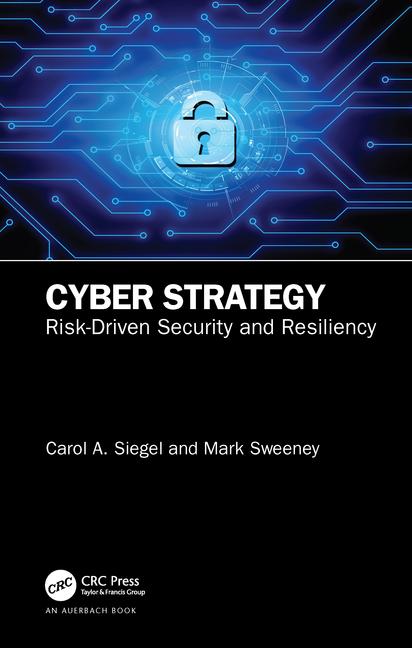IT leaders stress the need for stronger risk management

studiostockart / DigitalVision Vectors via Getty Images
Risk management was analyzed in a recent report by AuditBoard. The study revealed that expanding expectations are coming at a time when internal audit has limited bandwidth for advisory-related services — and increasing risk demand and insufficient risk management capacity are creating a risk coverage gap for the business.
The report looks at where internal audit teams are currently spending the majority of their time, and where adjustments could be made to help shift focus to value-added, risk-related activities. Key findings include:
Information security control testing appears to be growing in practice, with 82% of chief audit executives (CAEs) involved in some capacity and 44% either owning or heavily involved. Twenty-eight percent of CAEs either own or are heavily involved with continuous monitoring of a key process, but 60% of surveyed auditors have some level of involvement in ERM — and 40% have no involvement whatsoever.
More than half (55%) of CAEs indicate that their administrative reporting managers (typically CFOs and CEOs) have asked internal audit teams to be involved in more activities in the past two years, including ERM, ESG, governance, operational initiatives, and quality assurance.
While surveyed CAEs identified integrated risk management (IRM) as their top area for increasing responsibilities, most organizations still have a long way to go toward IRM maturity. IRM was CAEs’ top response for where they should be more involved.
Ninety-six percent of organizations lack mature IRM programs, and 11% of organizations report having no IRM strategy whatsoever, with audit, risk and compliance functions working independently, while 51% of organizations seem to know IRM is needed, but have no cohesive strategy for it.
Another 24% have no formal strategy, but say they’re actively working toward connecting audit, risk, and compliance functions. This finding is promising, reflecting a recognition of the need for IRM even if they aren’t yet using the specific term.
Looking for a reprint of this article?
From high-res PDFs to custom plaques, order your copy today!









